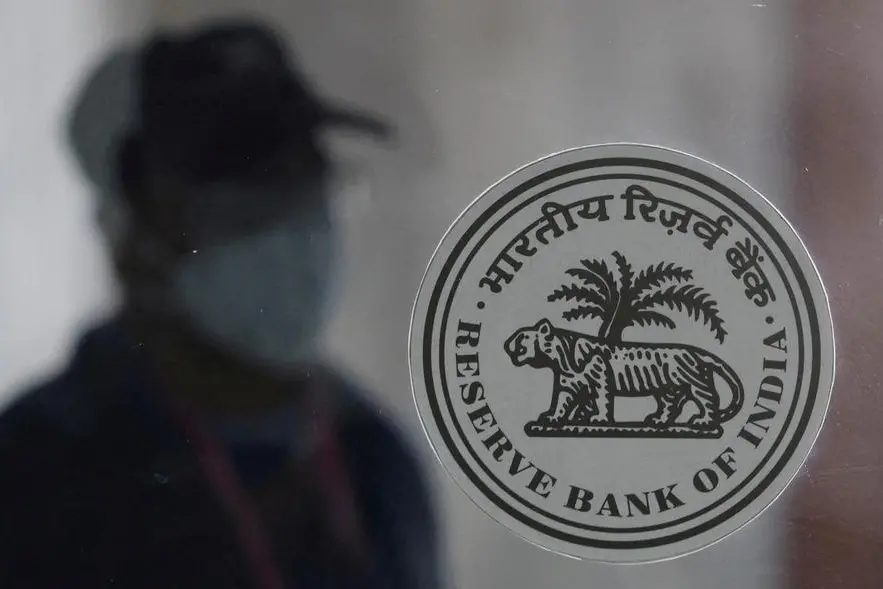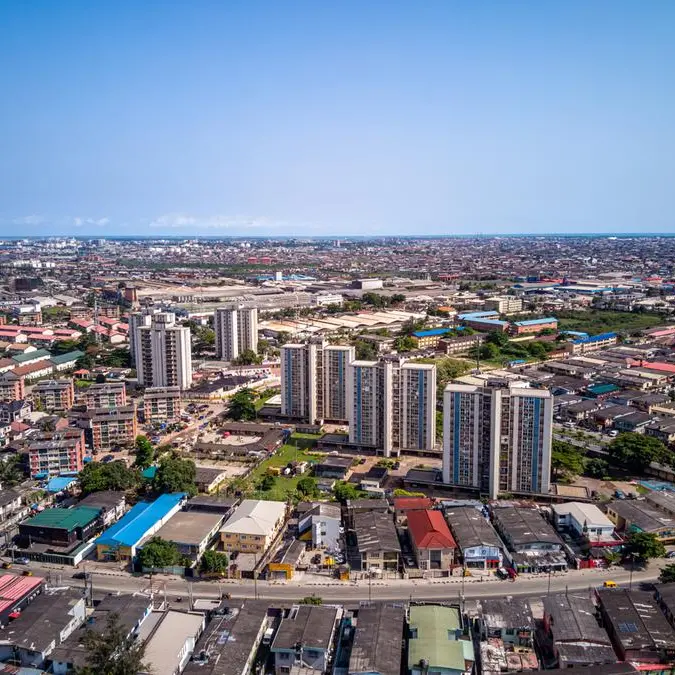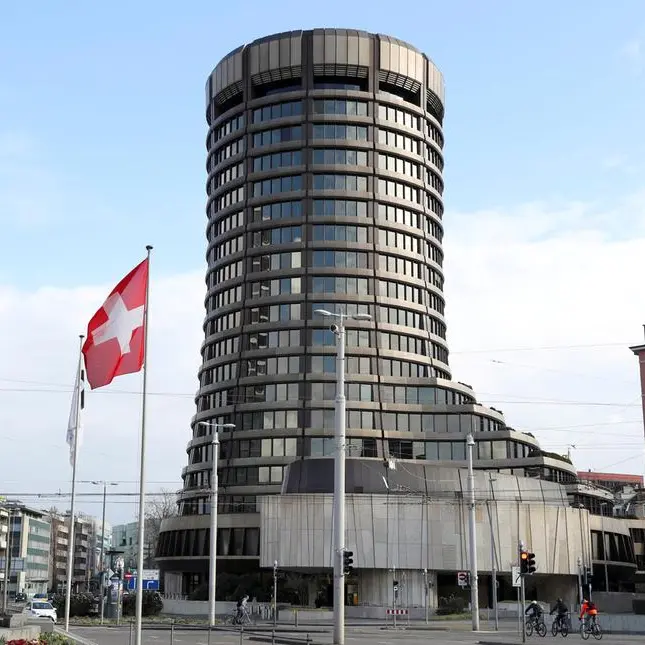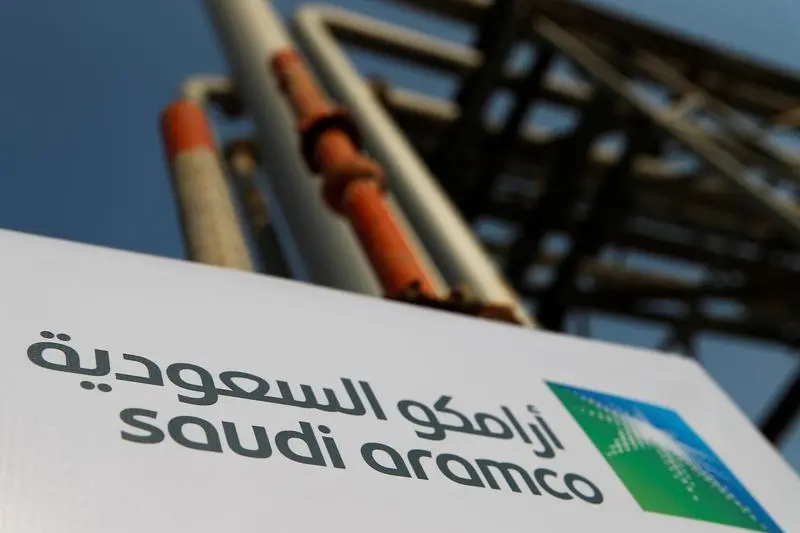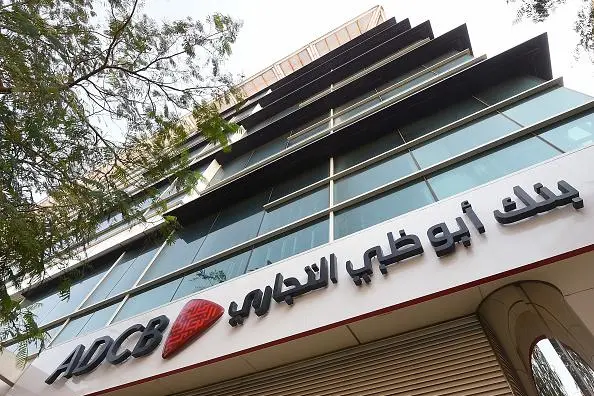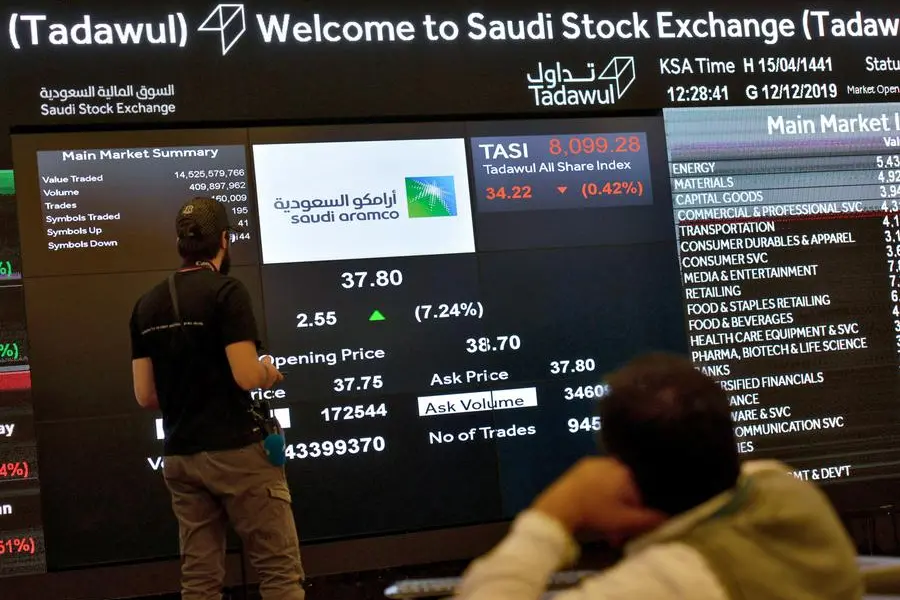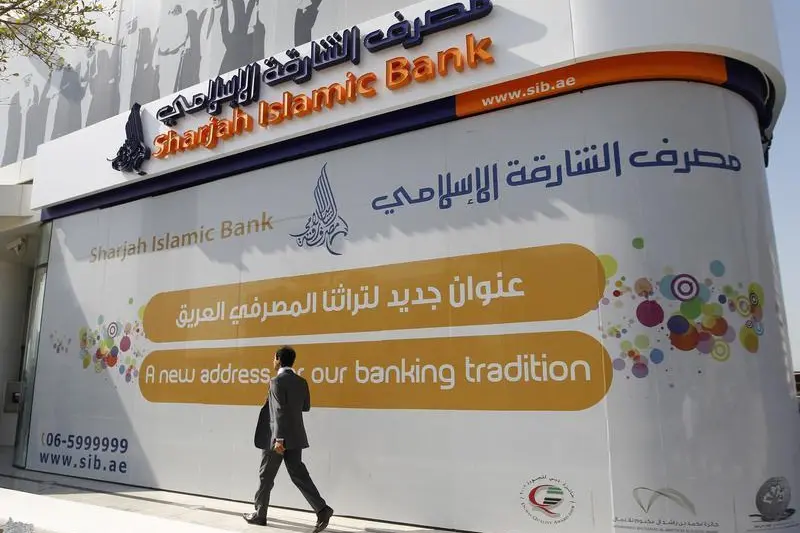PHOTO
FILE PHOTO: A man walks behind the Reserve Bank of India (RBI) logo inside its headquarters in Mumbai, India, April 8, 2022. REUTERS/Francis Mascarenhas.
The Reserve Bank of India has reversed, effective April 1, an increase of 25 percentage points in the risk weight banks must maintain on their exposure to non-banking financial companies in response to a slowdown in domestic credit growth.
In November 2023, the central bank had raised the risk weight for bank exposure to NBFCs in cases where the risk weights associated with the relevant credit ratings were under 100%, thus causing borrowing costs to spike for non-bank lenders.
The RBI has reversed that decision because of "significant slowdown in bank credit to NBFCs in FY25 (fiscal year ending March 31 2025), tighter market liquidity in general and, to prioritise credit flow to the underserved segment for growth," said rating agency Icra in a note.
The restoration of lower risk weights for better non-bank lenders, "will improve the credit flow from banks to NBFCs, while being immediately beneficial for their capital ratios," said the note. This will also improve the overall credit flow to the retail segment thereby buttressing economic growth, Icra said.
The central bank has also reduced the risk weight requirements for banks on consumer microfinance loans by 25 percentage points to 100%.
The changes come after Sanjay Malhotra took over as RBI governor in December amid slowing economic growth.
India's economy is estimated to grow at 6.4% year on year in the fiscal year which ends in March, the slowest in four years.
Source: IFR
